Increased Focus on Sustainability
The automotive simulation market is witnessing a shift towards sustainability, driven by the automotive industry's commitment to reducing environmental impact. As manufacturers aim to meet stringent emissions regulations, simulation tools play a critical role in optimizing fuel efficiency and reducing waste. The market is projected to grow as companies increasingly rely on simulations to evaluate the environmental performance of their vehicles. For instance, simulations can help in the design of lighter materials and more efficient powertrains, which are essential for achieving sustainability goals. This trend indicates a broader recognition of the importance of integrating environmental considerations into the automotive simulation market, ultimately leading to more eco-friendly vehicle designs.
Rising Complexity of Vehicle Systems
The automotive simulation market is propelled by the rising complexity of vehicle systems, including advanced driver-assistance systems (ADAS) and electric powertrains. As vehicles become more technologically sophisticated, the need for comprehensive simulation tools to model these systems accurately becomes paramount. The market is expected to grow as manufacturers seek to ensure that all components work seamlessly together. This complexity necessitates extensive testing and validation, which can be efficiently conducted through simulation. By employing these tools, companies can mitigate risks associated with system integration and enhance overall vehicle performance, thereby solidifying the automotive simulation market's role in modern vehicle development.
Advancements in Simulation Technology
The automotive simulation market is experiencing a surge due to rapid advancements in simulation technology. Enhanced computational power and sophisticated algorithms enable more accurate modeling of vehicle dynamics, which is crucial for design and testing. As a result, manufacturers are increasingly adopting these technologies to optimize performance and safety. The market for simulation software is projected to reach approximately $5 billion by 2026, reflecting a compound annual growth rate (CAGR) of around 15%. This growth is driven by the need for high-fidelity simulations that can replicate real-world conditions, thereby reducing the time and cost associated with physical prototyping. Consequently, the automotive simulation market is becoming an essential tool for engineers and designers aiming to innovate and improve vehicle performance.
Growing Demand for Autonomous Vehicles
The automotive simulation market is significantly influenced by the growing demand for autonomous vehicles. As manufacturers strive to develop self-driving technology, simulation tools become indispensable for testing and validating complex algorithms in a safe environment. The market for autonomous vehicle simulation is expected to expand rapidly, with estimates suggesting a valuation of over $3 billion by 2025. This demand is fueled by the necessity to ensure safety and reliability in autonomous systems, which can be effectively achieved through extensive simulation. By utilizing advanced simulation techniques, companies can identify potential issues and refine their technologies before real-world deployment, thereby enhancing consumer confidence in autonomous vehicles.
Collaboration Between Industry and Academia
The automotive simulation market is benefiting from increased collaboration between industry and academia. Research institutions are partnering with automotive manufacturers to develop cutting-edge simulation technologies that address current challenges in vehicle design and testing. This collaboration fosters innovation and accelerates the development of new simulation methodologies. As a result, the automotive simulation market is likely to see advancements that enhance the accuracy and efficiency of simulations. Such partnerships can lead to the creation of specialized simulation tools tailored to specific industry needs, further driving market growth. This trend underscores the importance of knowledge exchange and the role of academic research in shaping the future of the automotive simulation market.


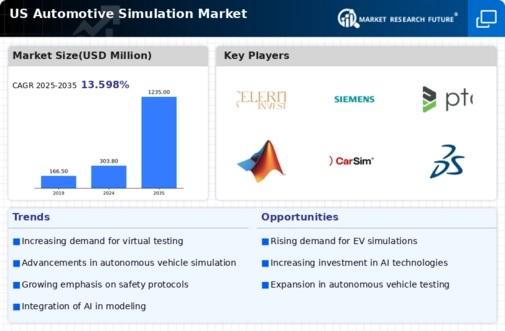
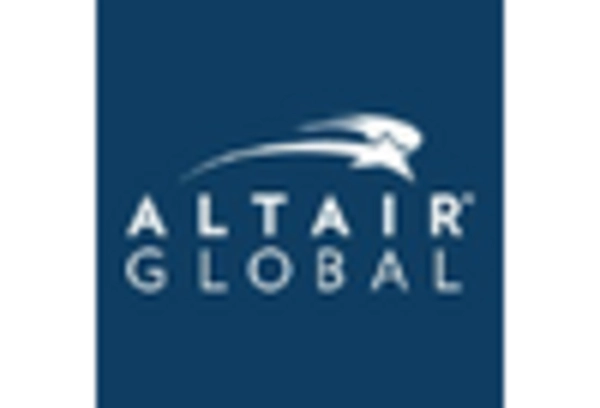

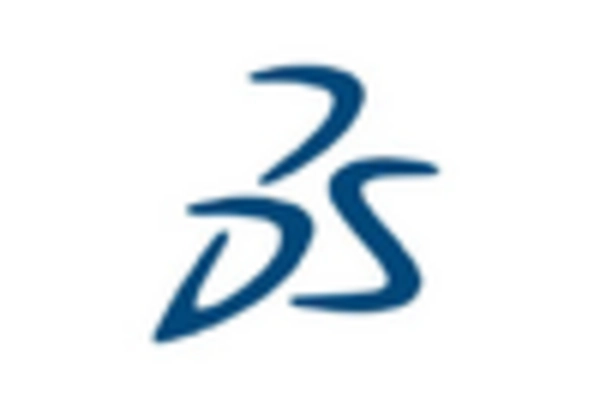
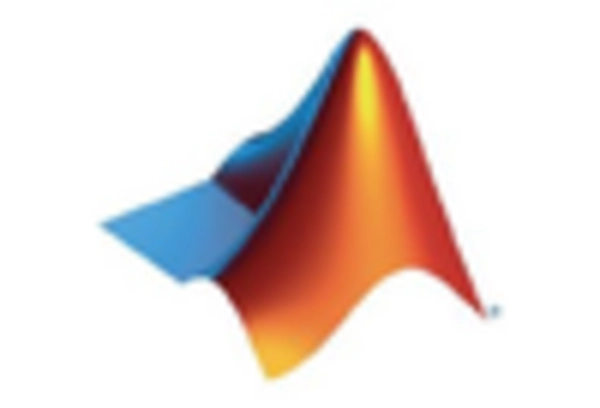
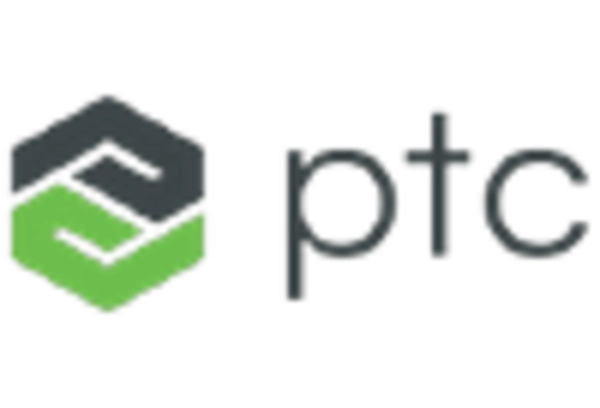









Leave a Comment